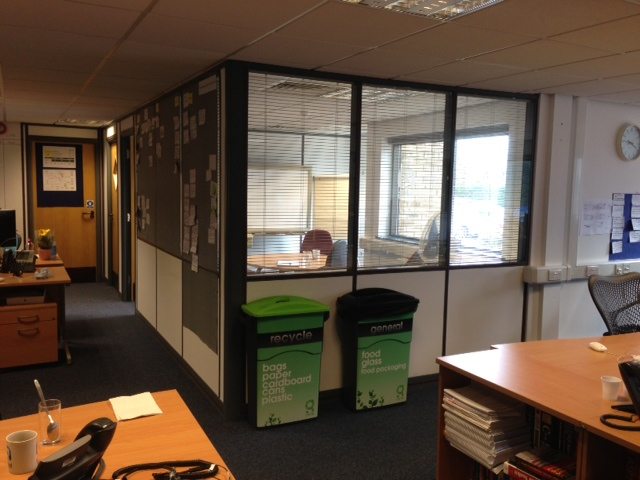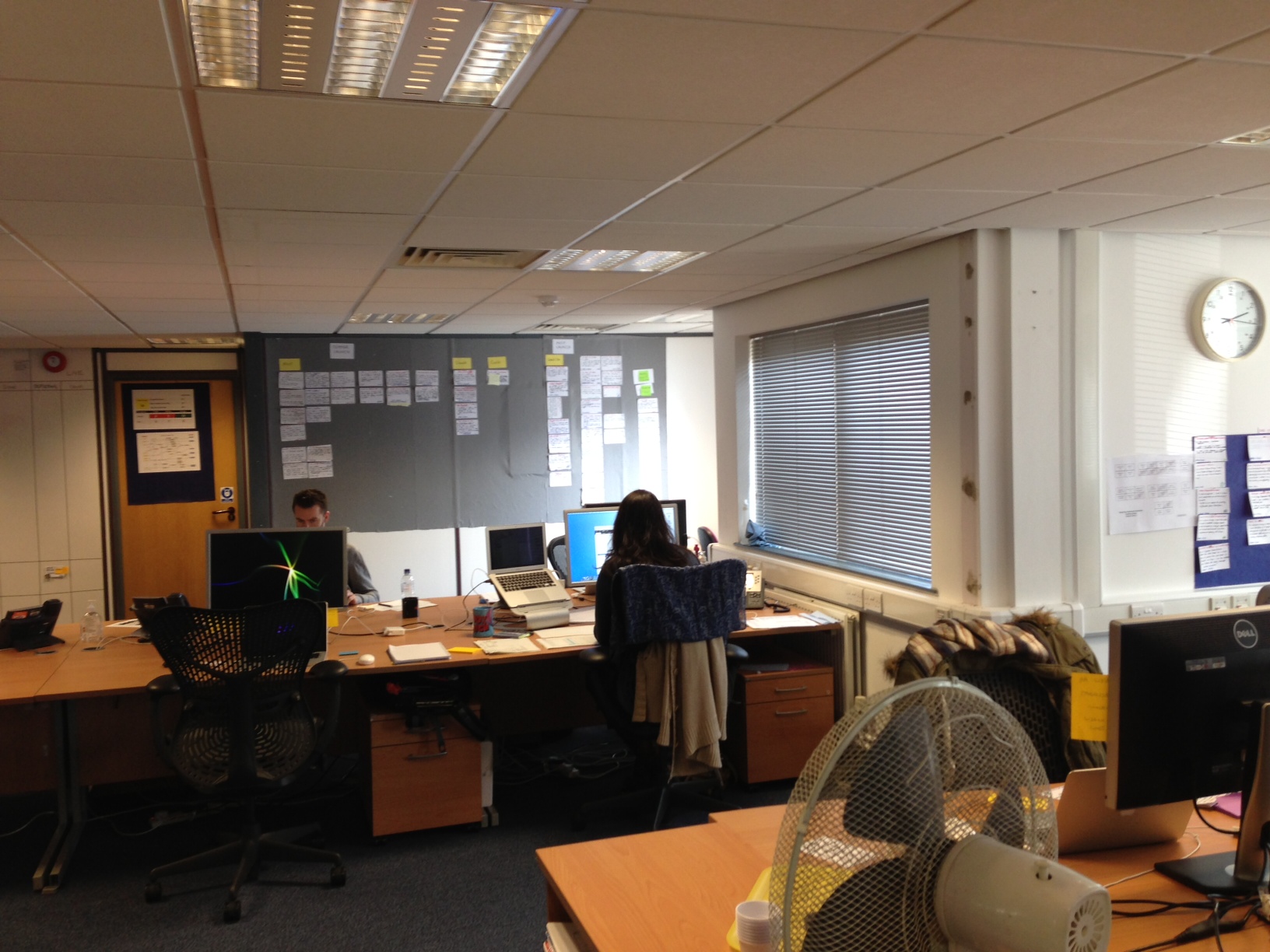I knew I had a big problem when I walked into the new programme space and found 18 desks. 18 wasn’t enough. I predicted I would have about 35 people on the team and I wanted them together. Co-location is so important to me that I will always challenge the assumption of “there is no space”. And I have found there are lots of things I can do to get my team together.
Co-location
Co-location is really important. I see massive efficiencies when people are next to those they need to talk to. Even upstairs or down the corridor brings inefficiencies due to delay or non-existent communications.
That means I will push quite a lot to get my teams co-located. There are several things you can do when you are told there is no space to co-locate your team. Here are a few things I’ve tried:
Thanks Jacqueline
A huge thank you to Jacqueline Clarke who did the bulk of the work to solve the 18 desk problem. She was the one who challenged the bureaucracy, went looking for alternative spaces, claimed rooms, nabbed hot desks, negotiated other teams moving, etc, etc. Awful job. Fantastic outcome.
- Ramp up slowly
- Encroach
- Claim spare desks
- Claim spare rooms
- Put desks where there aren’t any
- Evict other teams
- Knock down walls!
- Look for different space
- Co-locate selected
- Hot desk
- Go distributed
These strategies are not mutually exclusive. I’ll typically try several of them in parallel.
Ramp up slowly
A slow ramp up didn’t give me more desks but it did buy time. Time to find a solution to my 18 desk problem. I brought in 18 people and then went slow on mobilisation. When other “space” strategies got me more desks did I bring in more people.
Encroach
“Encroaching” is a catch all phrase for several of the strategies. If I don’t have enough desks then I encroach on the territory of other teams. My 18 desks were actually in a huge open plan office with perhaps 50 desks in it. I saw considerable scope for encroachment.
You might not get all of your team co-located through any one of these strategies. But you’ll have some additional space and that gives you currency for a negotiation on consolidating.
Claim spare desks
A quick audit of the desks in the big office revealed some where not used and others were hot desks for part time visitors. We claimed the unused ones and negotiated taking over a share of the hot desks. Admittedly these desks were scattered around the room but they were in the same room and left scope for consolidation later.
Claim spare rooms
Another audit showed some of the rooms near the big office were being vacated. We claimed the one nearest to the big office. Not ideal but could have been worse as the alternative was a different floor or a different building.
Co-locate selected people
Co-locate the people who must be together. In the case of my team of 35 I ended up putting the infrastructure sub-team in a room adjacent to the big development room.
Put desks where there aren’t any
The big office had a couple of break out areas in the room. Sofa, coffee table, that kind of thing. We commandeered one of these for desks. We also narrowed one of the walkway between banks of desks, by pushing some of the desks closer, and that allow us to put in yet more desks.
Look for a different space
Just because I was allocated a particular space didn’t mean I had to settle for it. We went looking for a different, larger space. And found one.
Evict other teams
What was fascinating about finding an alternative space was that we didn’t end up moving. Another team in our big open plan office wanted the alternative space and volunteered to trade their desks for the alternative. We stayed and spread out.
Knock down walls!
My current team (not the 18 desk crew) filled up all the available desks in the big open plan office space we were in. But we needed more people. So we removed a meeting room and put in more desks.
I’ve got to admit that was a first for me – commissioning office construction work to co-locate my software development team.
Hot desk
With a big team not everybody is there every day. So you can live without a couple of desks (perhaps 10%) on the assumption that some folk will hot desk. I used this successfully with people who weren’t based with the team full time for a variety of reasons, for example change managers / trainers who were often out in the field.
Go distributed
Go distributed is, of course, not a tactic for co-locating your team. It is grim acknowledgement that you can’t.
This post is part of my What do I do When … ? series. Please drop me a line or add a comment if you’ve got a question you’d like answered.


That Jacqueline sounds like an amazing woman. Well done her.
James, she is indeed amazing.